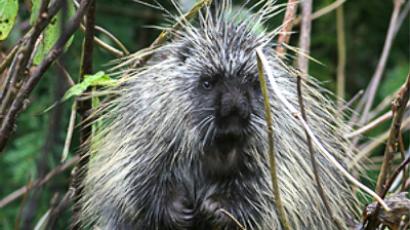Taming the Arctic
In the latest in a series of trips to study the Arctic, Russian scientists will spend a year drifting on an ice floe.
The Arctic is one of the planet's most inhospitable places, but it is still a major draw for those keen to tap its treasures. Russia is among five nations staking a claim over part of the region, which is thought to contain a quarter of the world's oil and natural gas reserves. The epic expedition will be tough.
The explorers are on a delicate mission – to find a suitable ice field for the Arctic 2010 station and, most importantly, avoid damaging it.
They are looking for an ice field that is at least 20 square kilometers. It is essential the sheet is thick and robust enough to sustain a group of 15 people, two dogs and several tons of equipment for as long as a year.
The first stop is west of the Island of Vrangel. The ice is tested but the floe is rejected – the ice is too thin. Another attempt is made further north. The drill plunges down three metres, which is good. However, the field is too rocky for the camp. The disappointed explorers try to cheer each other up.
The extremely hot summer is being felt in the Arctic. This year, they say, is similar to 2007, which marked the peak of global warming.
“The mission is getting harder. There are fewer and fewer suitable ice fields every year,” explained Oleg Schapin, captain of the Rossiya nuclear ice-breaker. “Before we could find up to 30-40 of them. And now we're combing the whole of the Arctic in search of one.”
At dawn, the explorers decide to play the wildcard. They try for the last potential ice floe in this area. If they fail, they will head for the North Pole. Every Arctic reconnaissance is a plunge into the unknown. It is not clear how thick the ice is until drilling starts. But this time there is no need to move on. A suitable field for the mission is found. It is 9 by 13 kilometers and the ice is about three meters thick. “A good field,” said Artur Chilingarov, presidential envoy to the North and South Poles.
Ahead are five days of unloading. A dozen houses, a sauna, several tractors, a thousand barrels of fuel and, of course, scientific equipment will be floating on the ice for a year. The crew will work day and night.
The dogs are also keeping themselves busy. At dawn, when everybody was still asleep, they chased away a polar bear. And many other challenges face them in the next twelve months for this very tough expedition.














